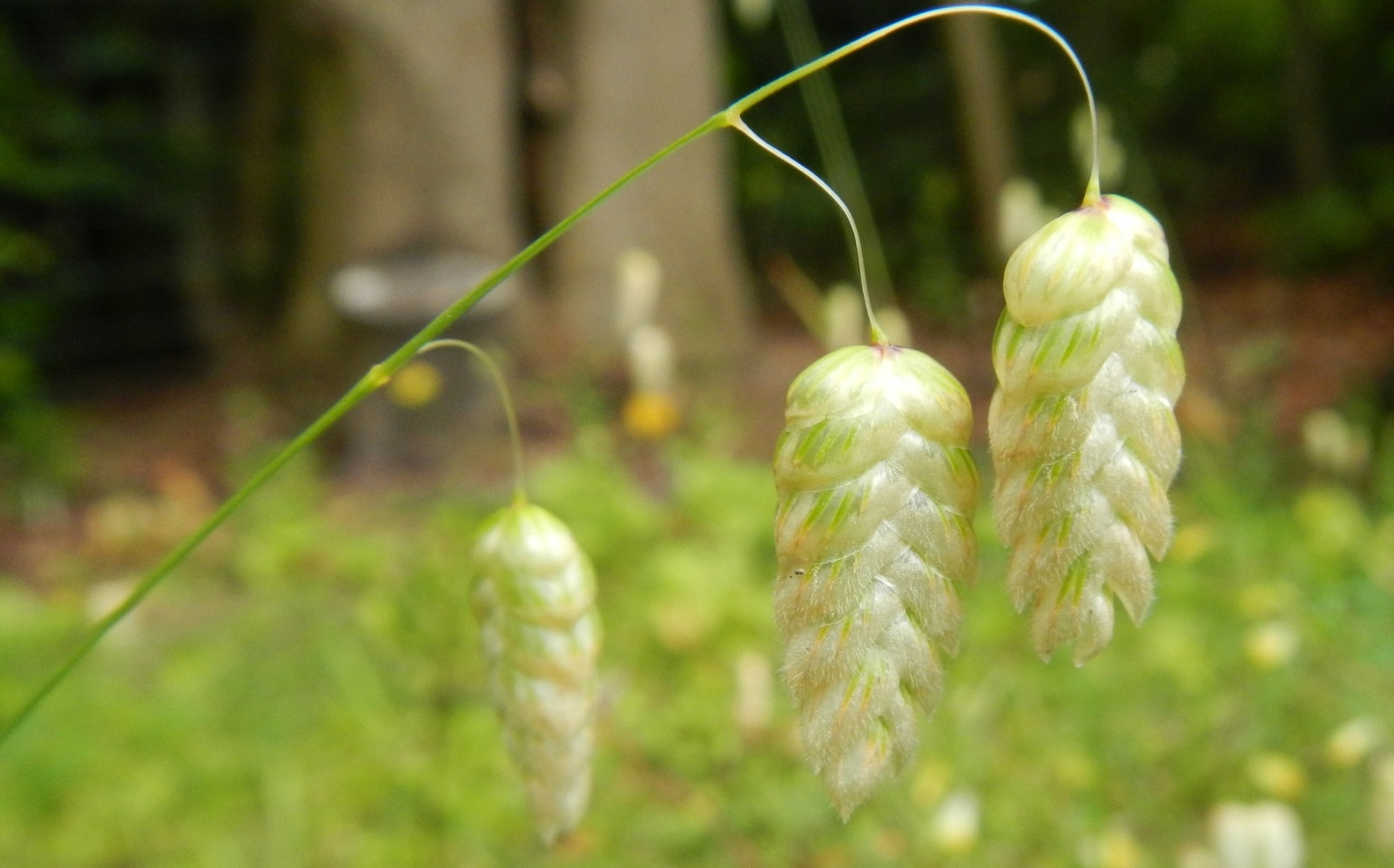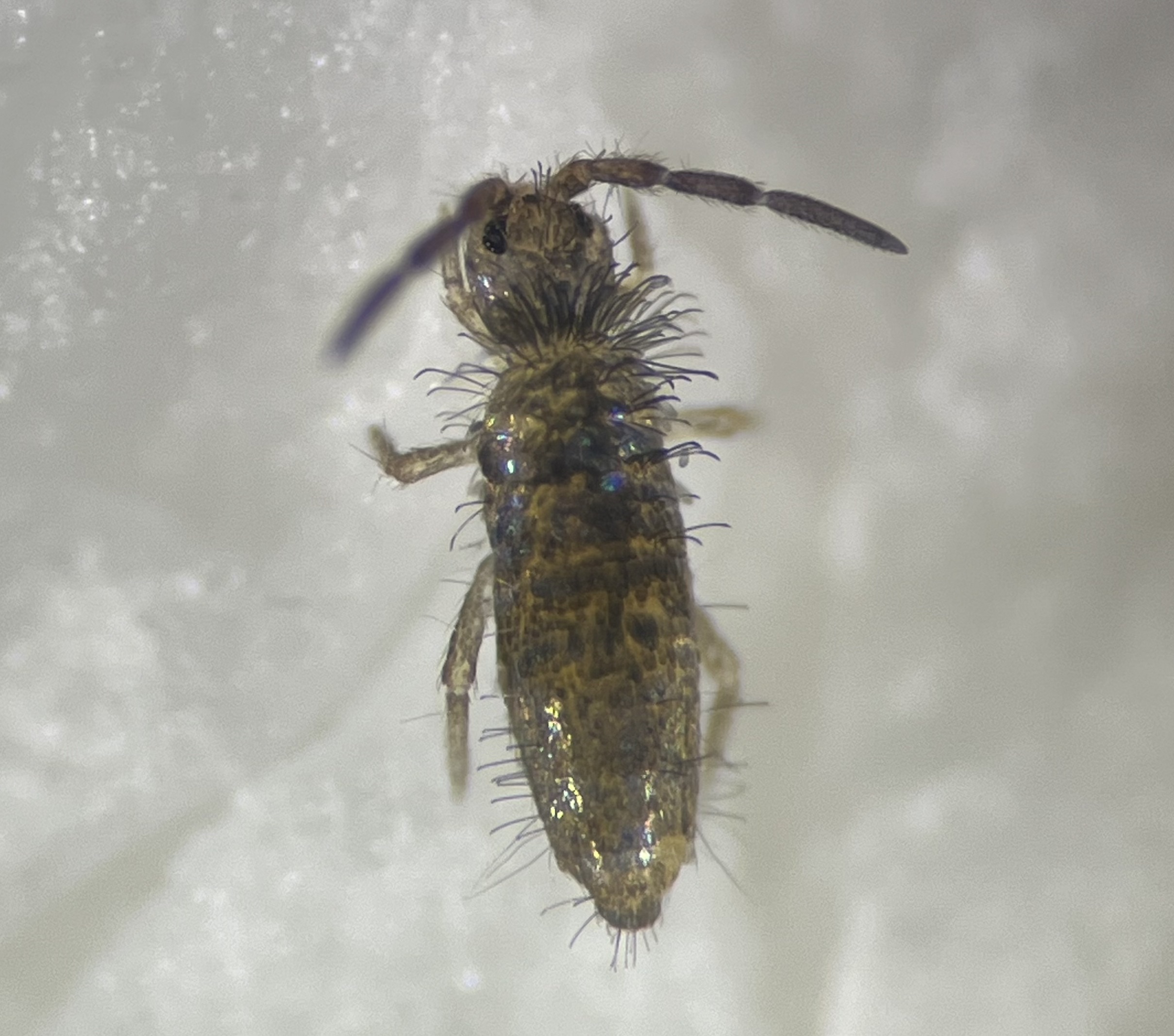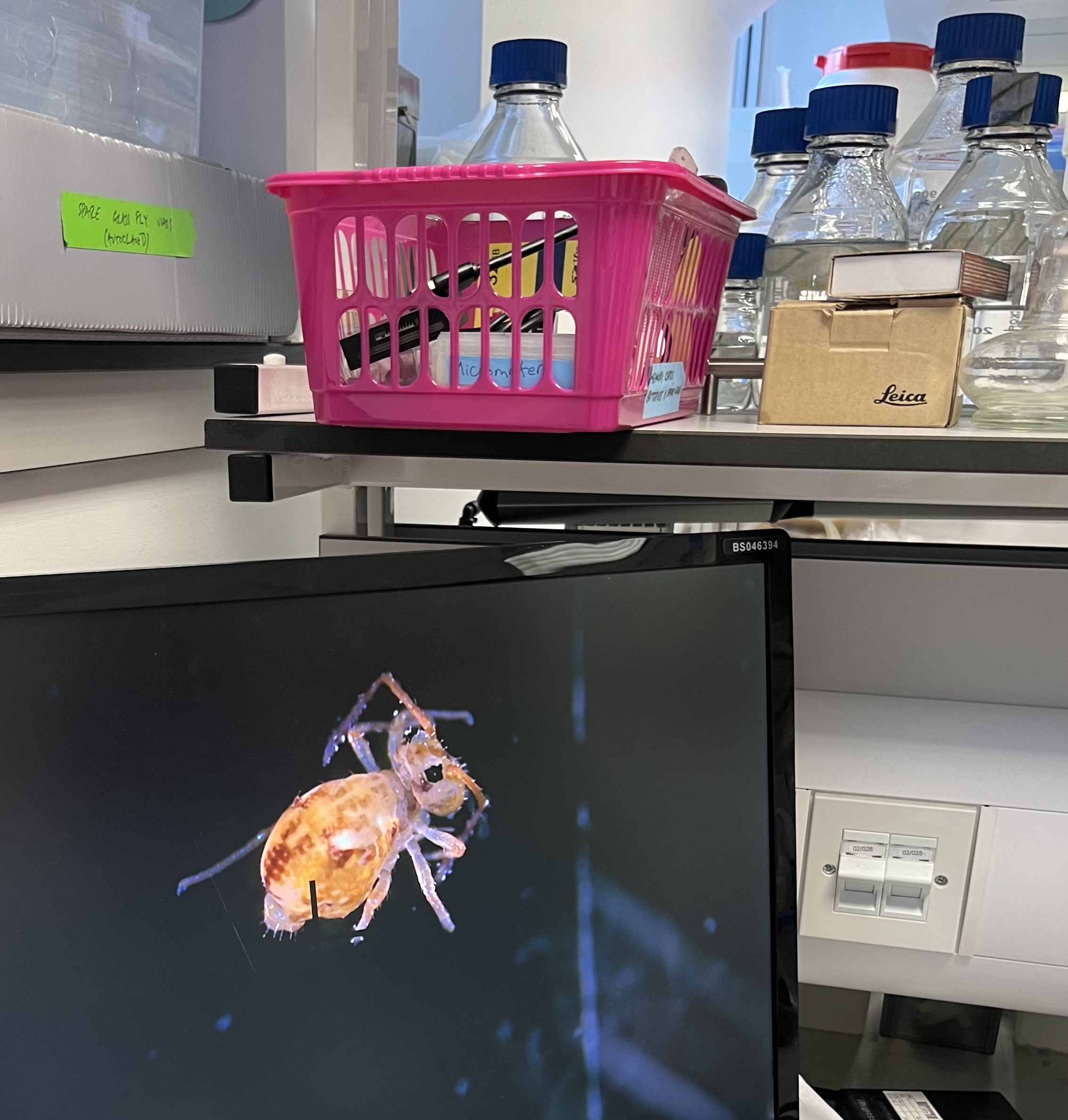
James McCulloch
PhD Student

New reference-quality genomes for non-model organisms are being published at an increasingly rapid pace, and with the rise in available genomes comes a greater range of ways to apply them to pressing evolutionary questions. For my PhD, I am researching two quite disparate groups of organisms, using disparate methods and addressing disparate problems. But what these lines of research do have in common is attempting to overcome key challenges inherent with the expanding scope of biodiversity reference genome sequencing.
Sequencing every UK springtail

It is not easy to assemble a reference genome for a springtail. Springtails are small invertebrates; the UK’s largest are 6mm, but most are much smaller, with some only a quarter of a millimetre as adults. Nonetheless, there are many interesting questions about springtails that are best answered using genomic data, including those surrounding population genomics, chromosome evolution, and unusual reproductive mechanisms. With the help of many wet-lab and dry-lab colleagues in the Tree of Life programme I hope to greatly expand the number of genomes available by optimising collection methods, collaborating with amateur springtail recorders as well as researchers, and addressing pressing taxonomic issues.
Population genomics of springtails

Once a good-quality genome has been assembled, it is then possible to align short-read sequences from many individuals of the same or related species to this reference. This provides important insights, such as how much gene flow occurs between populations and species, and whether there are any regions of the genome which seem to possess barriers to gene flow. Springtails are an exciting system for population genomics, as studies using mitochondrial barcode sequences suggest that there may be many cryptic species: species which look the same but are genetically divergent. I am investigating whether whole-genome sequences corroborate this picture, and if so, whether they can tell us why the cryptic speciation occurs at such a high rate and whether the concept of cryptic species in springtails is ecologically relevant.
Chromosomal evolution in holocentric plants
At the same time, I am working on the evolutionary genomics of sedges (Cyperaceae – grass-like plants) and their relatives within the order Poales. Sedges and some other Poales are holocentric, meaning they have centromeres distributed along their chromosomes. Many sedge reference genomes are now available for research courtesy of the Darwin Tree of Life project, but in this case it is the analysis posing the greatest challenge. I am reconstructing the ancestral chromosomes at internal nodes of the Poales phylogenetic tree in order to quantify and characterise chromosomal rearrangements in this group. This will demonstrate whether transitions from monocentricity to holocentricity affect the rate and nature of chromosomal evolution, but this reconstruction is no easy feat when working with genomes that are as heavily rearranged as they are in the sedges!